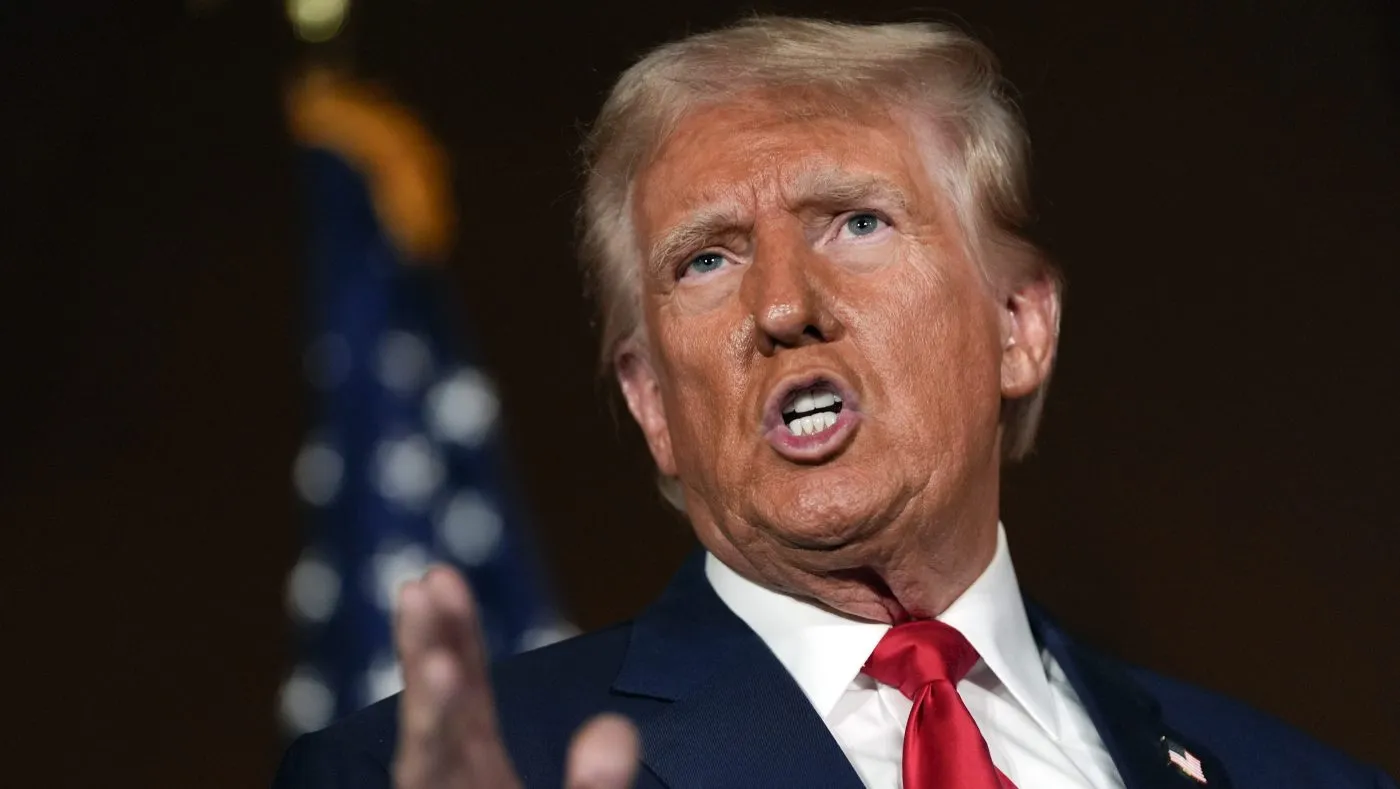Trump Economic Plans Could Exceed $4 Trillion in Costs Over a Decade

Projected Costs of Trump's Economic Proposals
An analysis suggests that former President Trump’s economic plans would add over $4 trillion to the nation’s deficits over the coming decade. This estimate stems from the Penn Wharton Budget Model, released recently, which examined the financial implications of various proposals from the Trump campaign.
Major Proposals and Their Costs
- Extending individual income tax provisions from Trump’s 2017 Tax Cuts and Jobs Act (TCJA) could add $3.4 trillion to deficits before interest costs.
- Additionally, restoring the original TCJA regime for taxing business investment adds another $623 billion to the total.
- The proposed elimination of taxes on Social Security benefits might cost around $1.2 trillion over ten years.
- A reduction of the corporate tax rate to 15 percent could incur a cost of $595 billion.
Impact on Income Households
The analysis posits that low, middle, and high-income households would see improvements under the proposed tax changes, although potential debt burdens on future generations are a crucial concern.
Comparative Analysis of Economic Proposals
In a separate analysis, proposals by Vice President Harris suggest an increase in spending of $2.3 trillion over a ten-year span, with a projected conventional tax revenue increase of $1.1 trillion resulting in primary deficits of $1.2 trillion.
Significantly, both analyses exclude the potential revenue from tips for service workers, suggesting that further details are needed for accurate scoring.
This article was prepared using information from open sources in accordance with the principles of Ethical Policy. The editorial team is not responsible for absolute accuracy, as it relies on data from the sources referenced.